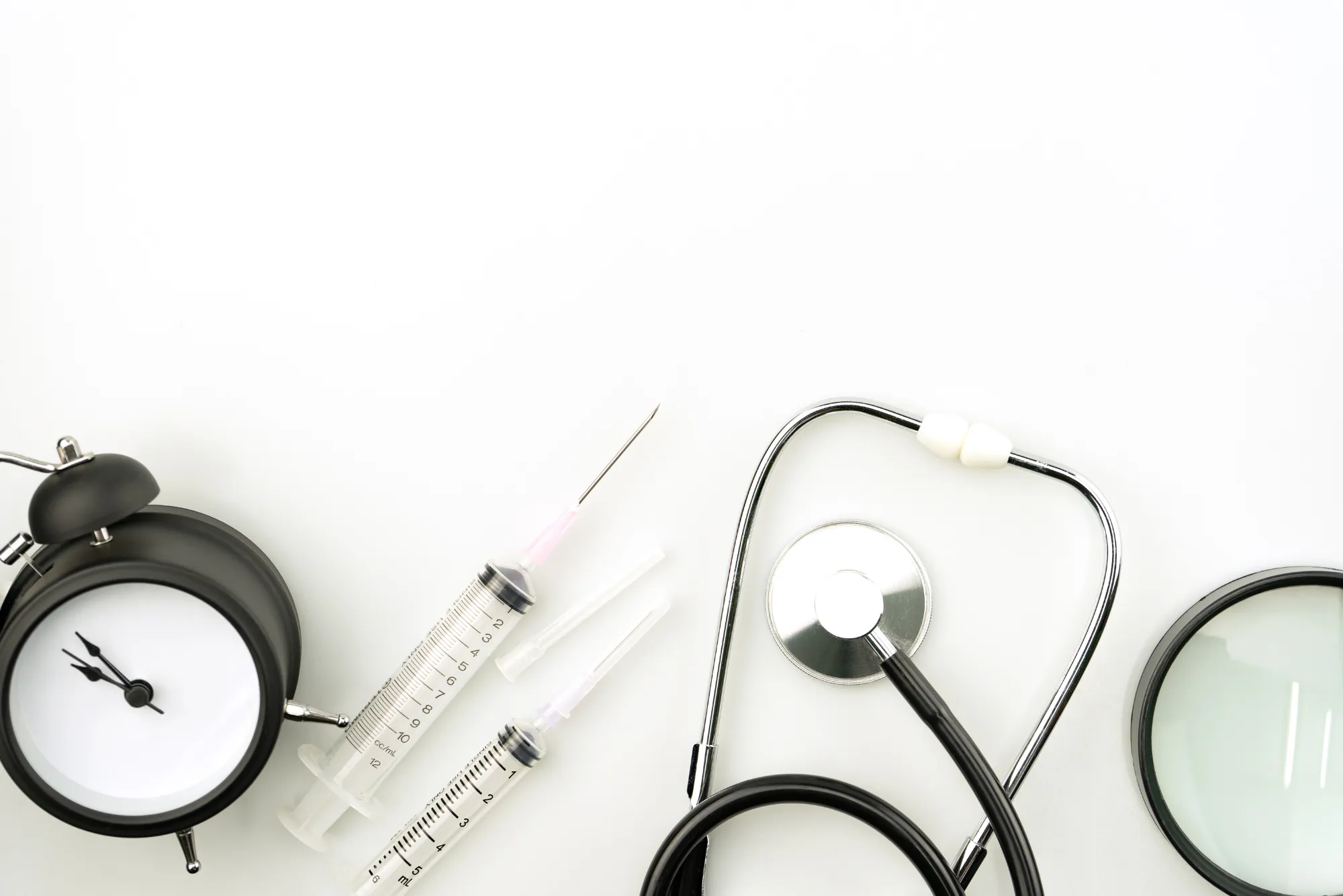Working out at the gym is a great way to stay fit and build muscle, but it often comes with the side effect of muscle pain. Understanding how to recover effectively can enhance your fitness journey and prevent injuries. This article will explore various methods to alleviate muscle pain and ensure a swift recovery.
Understanding Muscle Pain
What Causes Muscle Pain After Gym?
Muscle pain after a workout, also known as delayed onset muscle soreness (DOMS), typically occurs due to microscopic tears in muscle fibers. These tears happen when muscles are subjected to unfamiliar or intense physical activity. The pain usually peaks 24-72 hours after the workout.
Signs of Muscle Pain
Common symptoms include stiffness, tenderness, swelling, and reduced range of motion. Recognizing these signs early can help in taking prompt action to alleviate discomfort.

Immediate Steps to Take Post-Workout
Cool Down Properly
Cooling down helps gradually reduce heart rate and stretch muscles. Incorporating light exercises like walking or stretching can prevent stiffness and enhance muscle recovery.
Hydrate and Refuel
Staying hydrated is crucial for muscle recovery. Water helps flush out toxins and ensures muscles receive essential nutrients. Consuming a balanced meal with proteins and carbohydrates within two hours of working out aids in muscle repair and replenishment of glycogen stores.
Effective Home Remedies for Muscle Pain
Ice and Heat Therapy
Ice packs can reduce inflammation and numb the sore area, How to Recover Muscle Pain After GYM while heat packs help increase blood flow and relax muscles. Apply ice within the first 24 hours and switch to heat therapy after that.
Epsom Salt Bath
Soaking in an Epsom salt bath can relieve muscle tension and pain. The magnesium in the salt helps reduce inflammation and promotes relaxation.
Gentle Massage
A gentle massage can alleviate soreness by improving circulation and breaking down muscle knots. Use essential oils like lavender or peppermint for added relief.
Recovery Exercises and Techniques
Light Stretching and Yoga
Incorporate light stretching and yoga into your routine. These activities enhance flexibility, reduce muscle stiffness, and promote overall muscle health.

Foam Rolling
Foam rolling is an effective self-massage technique that helps release muscle tightness, improve blood flow, and accelerate recovery.
Active Recovery
Engage in low-impact exercises like swimming, cycling, or walking. These activities keep the muscles active without putting them under significant stress.
Advanced Recovery Methods
Professional Massage Therapy
Consider visiting a professional massage therapist for deeper muscle relief. Techniques like deep tissue massage can target specific pain points and provide substantial relief.
Physical Therapy
For persistent or severe muscle pain, physical therapy might be necessary. A physical therapist can design a personalized recovery plan with targeted exercises and treatments.
Compression Gear
Wearing compression garments can enhance blood circulation and reduce muscle soreness. These garments apply gentle pressure, aiding in quicker muscle recovery.
Lifestyle Changes for Better Muscle Recovery
Consistent Sleep Schedule
Ensure you get adequate sleep as it’s crucial for muscle repair and growth. Aim for 7-9 hours of quality sleep per night.
Balanced Diet
Maintain a nutrient-rich diet with a good balance of proteins, fats, and carbohydrates. Include foods rich in antioxidants, like fruits and vegetables, to reduce inflammation.
Regular Hydration
Keep yourself regularly hydrated throughout the day, not just post-workout. Proper hydration supports overall muscle function and recovery.
Supplements to Aid Recovery
Protein Supplements
Protein supplements like whey or plant-based proteins can help meet your daily protein requirements, essential for muscle repair.
Omega-3 Fatty Acids
Omega-3 fatty acids have anti-inflammatory properties that can reduce muscle soreness and improve recovery time.
BCAAs (Branched-Chain Amino Acids)
BCAAs support muscle recovery and reduce the extent of muscle damage post-exercise. They are particularly beneficial when taken before or after workouts.
Preventing Future Muscle Pain
Gradual Progression
Increase your workout intensity gradually. Sudden jumps in intensity can lead to more severe muscle pain and injuries.
Proper Warm-Up
A proper warm-up routine prepares your muscles for the workout ahead, reducing the risk of tears and soreness.
Correct Form and Technique
Ensure you use the correct form and technique during exercises to avoid unnecessary strain on muscles.
Listen to Your Body
Pay attention to your body’s signals and rest when needed. Overtraining can lead to chronic pain and long-term damage.
By following these guidelines and incorporating these methods into your routine, you can effectively manage and reduce muscle pain after gym sessions, ensuring a smoother and more enjoyable fitness journey.
Gym Shoes for Men
When selecting gym shoes for men, it’s crucial to consider factors like comfort, support, and durability. High-quality gym shoes can enhance performance and reduce the risk of injury. Look for features like breathable material, cushioned soles, and proper arch support. Additionally, the right gym shoes should provide stability for various exercises, whether it’s running, weightlifting, or cross-training. Investing in a good pair of gym shoes tailored to your workout needs can make a significant difference in your overall fitness experience.
Vista Care Specialized Clinic
Vista Care Specialized Clinic offers comprehensive healthcare services tailored to individual needs. With a focus on specialized treatments, the clinic ensures personalized care for each patient. Their team of experienced professionals uses advanced medical technology to diagnose and treat various health conditions effectively. From routine check-ups to specialized procedures, Vista Care provides high-quality medical care in a comfortable and supportive environment. Patients can trust Vista Care for their healthcare needs, knowing they are in capable and caring hands.








